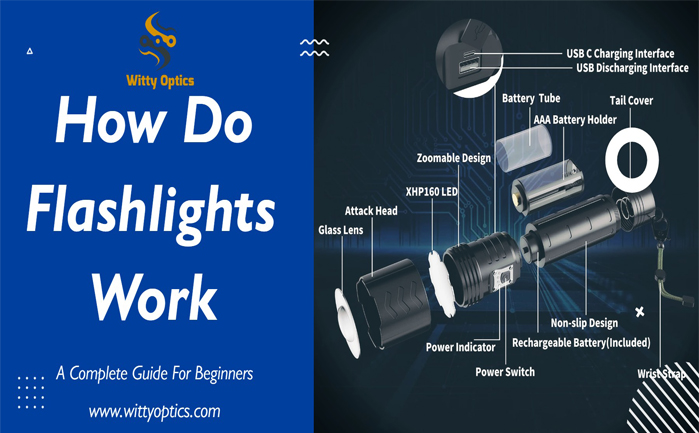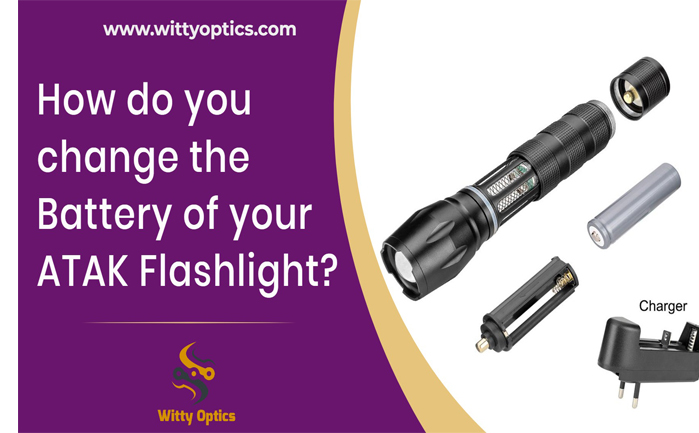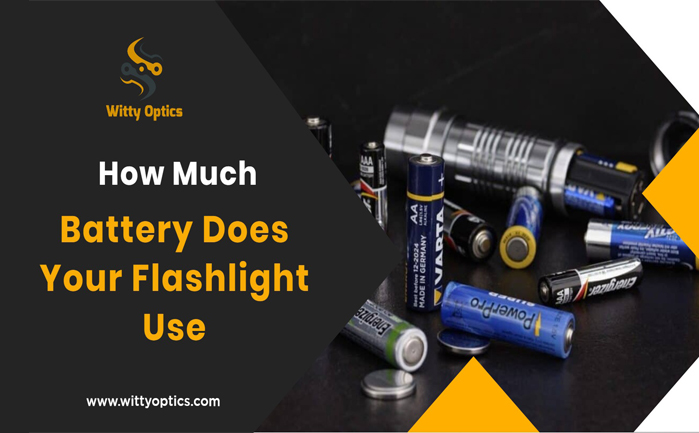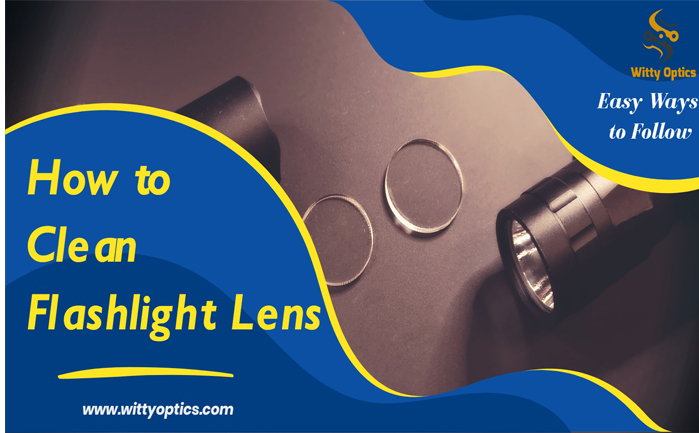How Flashlights Work – Quick & Easy Explanation For Beginners
If you’re looking for a quick and easy guide to understanding how flashlights work, then you’ll want to check out our complete guide for beginners. This article will describe the basic anatomy of a flashlight, discuss the different types of LED lights used in flashlights, and provide tips on choosing the best flashlight for your […]
How Flashlights Work – Quick & Easy Explanation For Beginners Read More »



